For the 2017 Michelin Challenge Design, participants were invited to create a race car for the 2030 Le Mans 24 Hours, making use of future-looking technologies and innovations, with the goal of reinforcing the premium brand image of a carmaker company.
1st place: Infiniti Le Mans 2030 by Tao Ni
Designer: Tao Ni from Wuhu, China – Royal College of Art
For his winning entry, Chinese designer Tao Ni imagined a future Le Mans race that combines traditional driving skills with autonomous modes: during the day cars are driven manually, while at night they enter autopilot mode.
The transformation includes a change in the cockpit – which gets a driverless layout – and visual cues that signal the autonomous mode.
This hybrid type of race allows to improve safety and add a new technology factor, lying in the self-driving technology.
2nd Place: Bentley 9 by Daniel Bacelar Pereira, Portugal
Designer: Daniel Bacelar Pereira from Vila Real, Portugal
Contest runner-up Daniel Pereira imagined a fully electric Le Mans 24 Hours race. To achieve this, he envisioned an electric car with a number of battery packs mounted inside the wheels, integrated with the rims – a technology he called Michelin BatterySlick.
The wheel assembly includes airless tires which leaves more space to accommodate the batteries, while keeping to overall dimensions similar to conventional racing wheels.
The design of the car is heavily influenced by the first Le Mans racing cars: it has a slender, narrow body which is visually connected to the wheels through aerodynamic elements that give a distinctive look in front and rear view.
3rd Place: Maserati Cierzo C1 by Kurt Scanlan
Designer: Kurt Scanlan fromToronto, Canada – Humber College
The Maserati Le Mans racer designed by Kurt Scanlan features a distinctive steering system: a pair of large vertical ailerons use oncoming air to “push” the front of the car to the left or to the right.
The movement is also enabled by the use of plastic struts and hubs capable of changing shape using electric current.
He explains: “Since the turning force is generated by the air moving around the car, thinner profile can be used, and less down-force is needed on the front end of the car.”

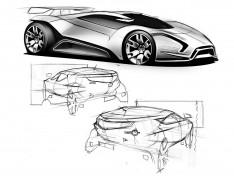
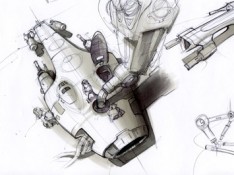
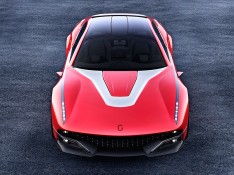
 share on Buffer
share on Buffer












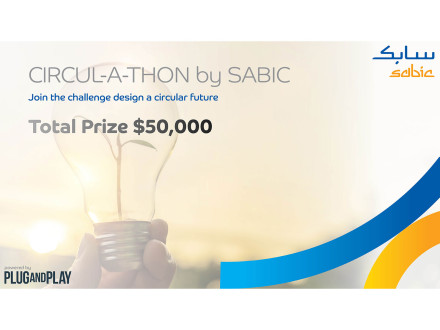
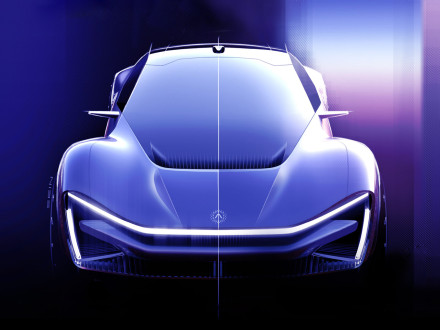
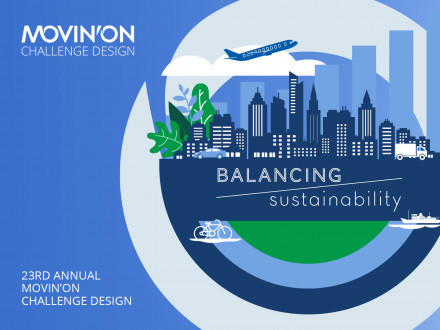




Comments